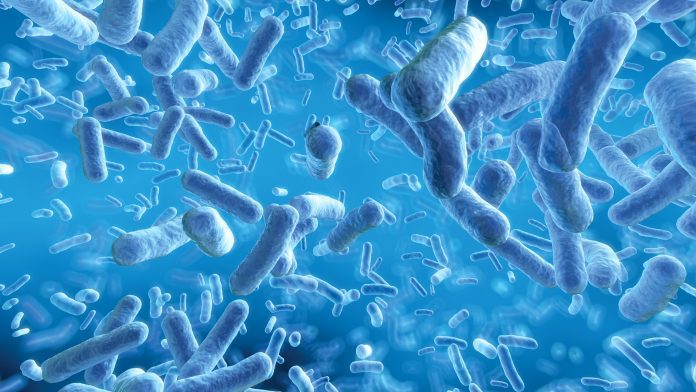
Experts from the University of Nottingham have developed software that can identify antibiotic-resistant bacteria transmitted between humans, animals and the environment.
The groundbreaking software combines DNA sequencing and machine learning to help them find where and to what extent antibiotic-resistant bacteria are being transmitted between humans, animals and the environment.
The research has developed from the impact of anthropogenic environments (spaces created by humans), such as areas of intensive livestock farming, on the growth of antibiotic-resistant bacteria and genes. This bacteria has the capability of infecting humans and carrying resistance to drugs used in medicine.
The study was published in the journal PLOS Computational Biology and was led by Dr Tania Dottorini from the School of Veterinary Medicine and Science at the University.
What are antibiotic-resistant bacteria?
Antibiotic-resistant bacteria categorises bacteria that can no longer be destroyed by antibiotics. For example, Staphylococcus aureus (‘golden staph’ or MRSA) and Neisseria gonorrhoeae (the cause of gonorrhoea) are now almost always resistant to benzylpenicillin. Antibiotic-resistant bacteria are a serious health concern and have become a major public health problem, with some bacteria becoming almost resistant to available medications.
Studying a large-scale poultry farm
The new study looked at a large-scale commercial poultry farm in China and collected 154 samples from animals, carcasses, workers and their households and environments. From the samples, they isolated a specific bacteria called Escherichia coli (E. coli). Whilst this bacteria can remain harmless in the gut, it can be pathogenic and the genome can carry antibiotic-resistant bacteria genes, resulting in illness.
Researchers used a computational approach, integrating machine learning, whole-genome sequencing, gene sharing networks and mobile genetic elements to characterise the different types of pathogens found on the farm. They discovered that antimicrobial genes – genes that present antibiotic-resistant bacteria – were present in both pathogenic and non-pathogenic bacteria.
Dr Dottorini said: “We cannot say at this stage where the bacteria originated from, we can only say we found it and it has been shared between animals and humans. As we already know, there has been sharing, this is worrying because people can acquire resistance to drugs in two different ways – from direct contact with an animal, or indirectly by eating contaminated meat. This could be a particular problem in poultry farming, as it is the most widely used meat in the world.
“The computational tools that we have developed will enable us to analyse large complex data from different sources, at the same time as identifying where hotspots for certain bacteria may be. They are fast, they are precise, and they can be applied to large environments – for instance – multiple farms at the same time.
“There are many antimicrobial-resistant genes we already know about, but how do we go beyond these and unravel new targets to design new drugs?
“Our approach, using machine learning, opens up new possibilities for the development of fast, affordable and effective computational methods that can provide new insights into the epidemiology of antimicrobial resistance in livestock farming.”










